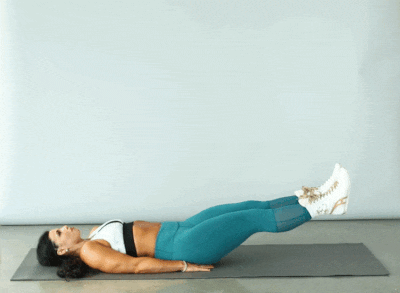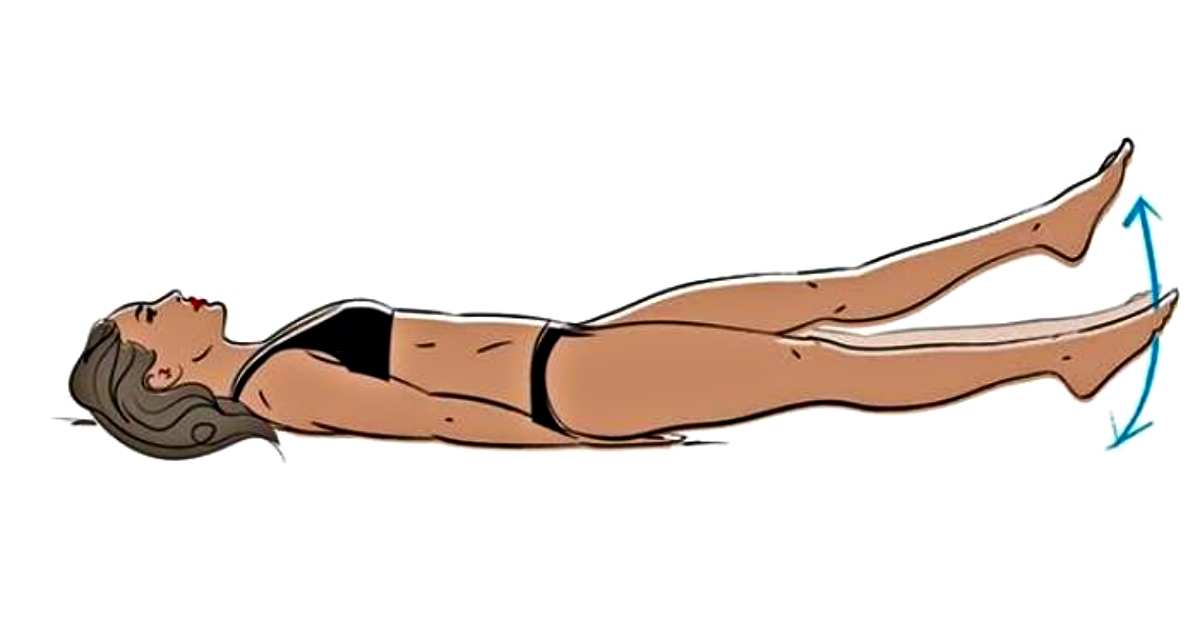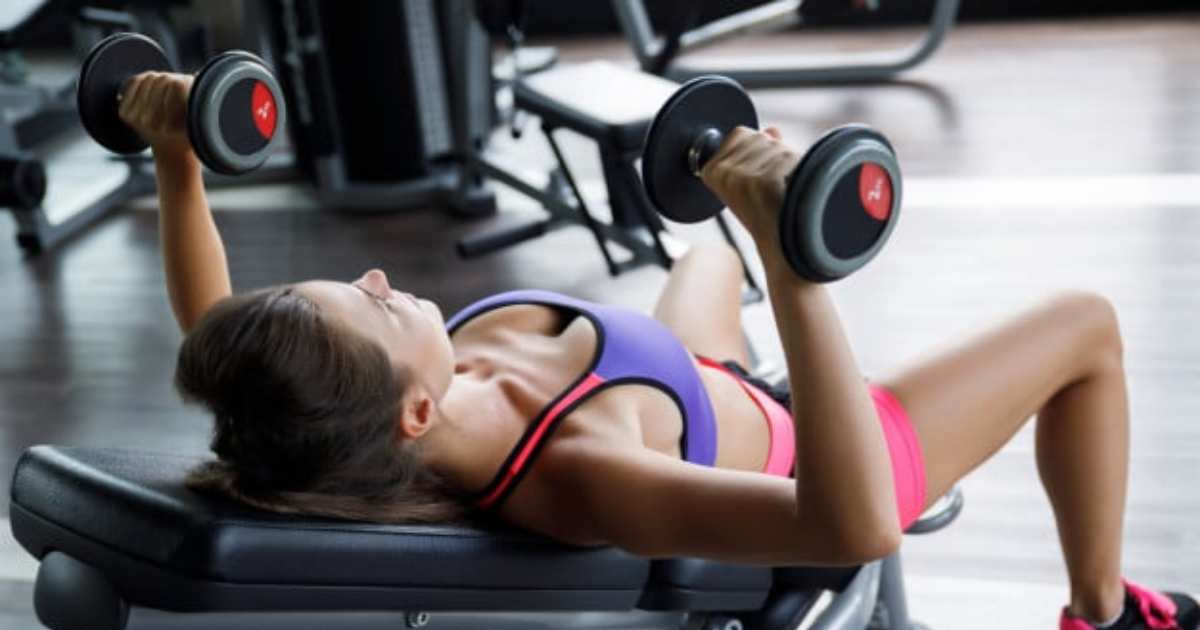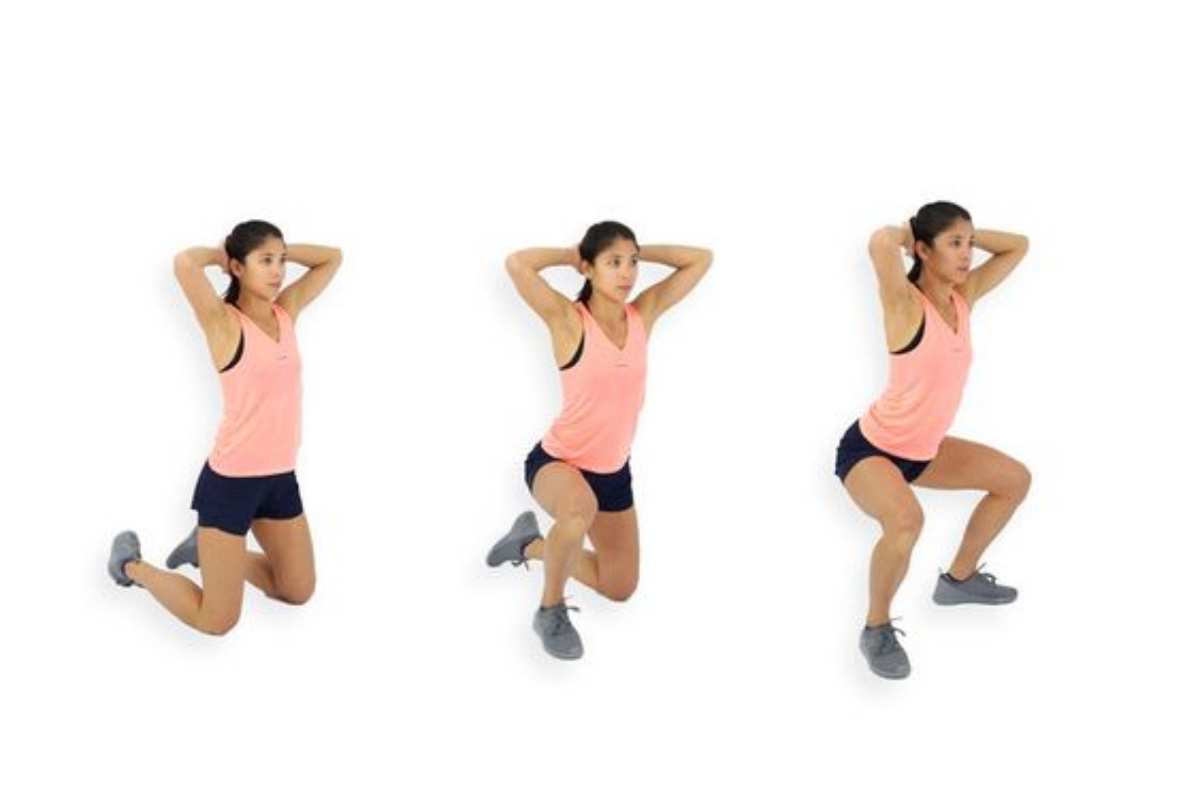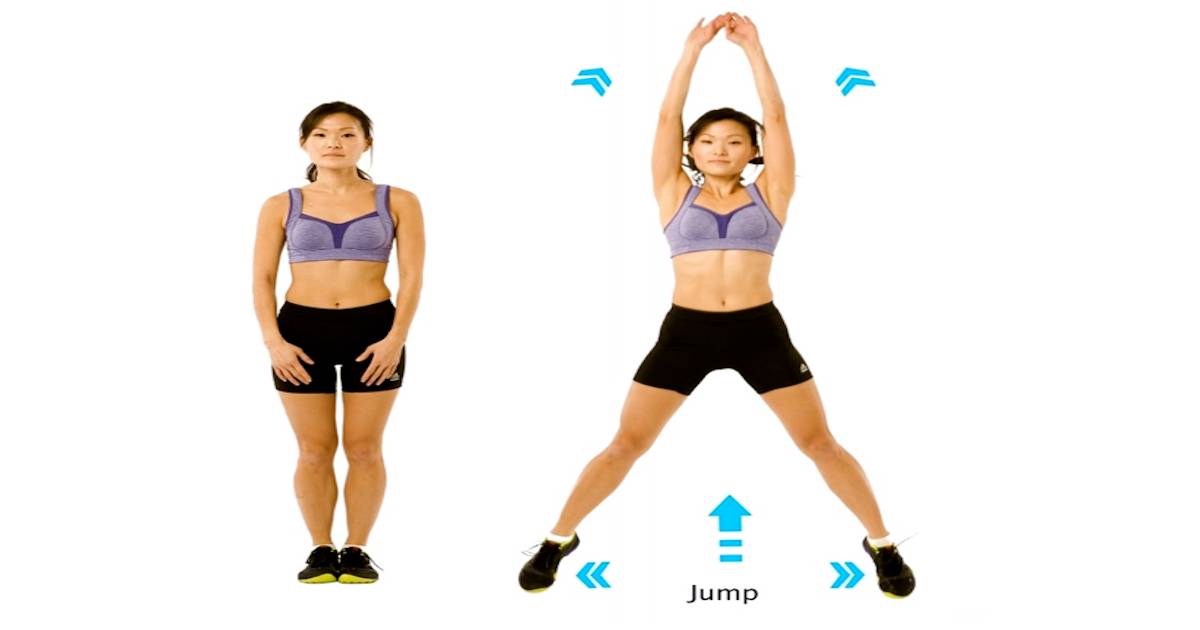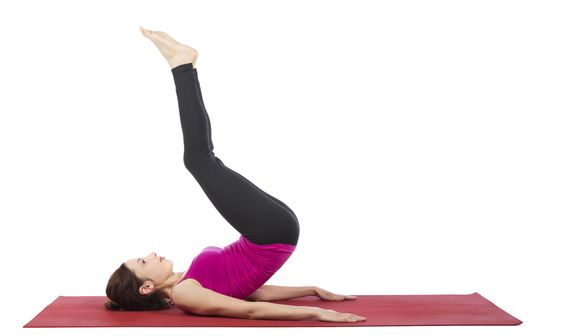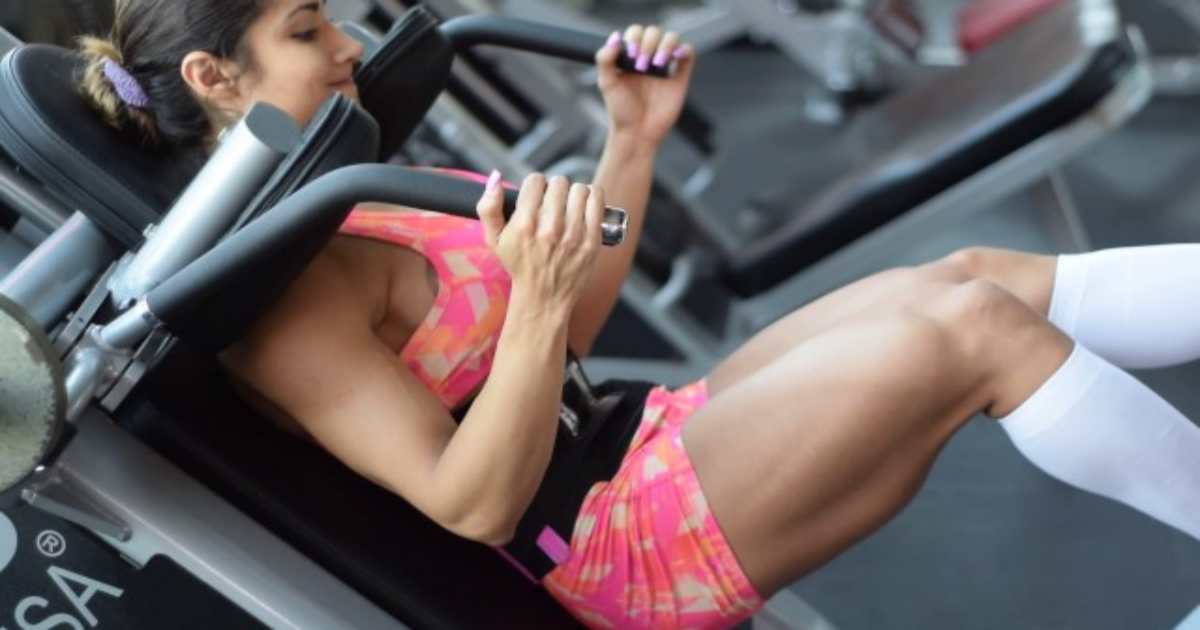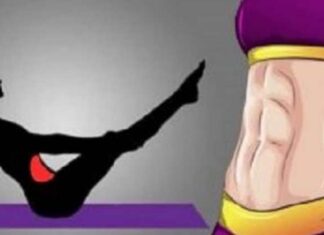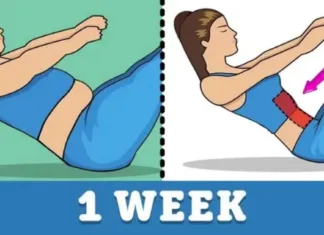Flutter kicks are a popular exercise that targets the core and lower body muscles. This simple yet effective movement is often incorporated into workouts for its ability to engage multiple muscle groups at once. In this article, we will explore the muscles targeted by flutter kick and how to do them correctly for maximum results.
What Are Flutter Kicks?
Flutter kicks, also known as leg raises, are a bodyweight exercise that involves lying on your back and moving your legs in an alternating up and down motion. This movement mimics the fluttering motion of a butterfly’s wings, hence the name “flutter kicks.”
Flutter kicks can be performed on the floor or on a bench, and can also be modified to target different muscle groups. They are a great addition to any workout routine, as they require no equipment and can be done anywhere.
How to Do Flutter Kicks
To perform flutter kick, follow these steps:
- Lie on your back with your arms by your sides and your legs extended.
- Engage your core by pulling your belly button towards your spine.
- Lift your legs off the ground, keeping them straight and together.
- Begin the fluttering motion by alternating lifting one leg slightly higher than the other.
- Continue this motion for the desired number of repetitions.
It is important to maintain proper form throughout the exercise. Keep your core engaged and your back flat on the ground. Avoid arching your back or lifting your shoulders off the ground.
Flutter Kicks muscles worked
Flutter kicks primarily target the core and lower body muscles. Let’s take a closer look at the specific muscles worked by this exercise.
Core Muscles
Flutter kicks engage the entire core, including the rectus abdominis, obliques, and transverse abdominis. These muscles work together to stabilize the spine and maintain proper form during the exercise.
The rectus abdominis, also known as the “six-pack” muscles, is responsible for flexing the spine and bringing the ribcage towards the pelvis. The obliques, located on the sides of the abdomen, assist with rotation and side bending movements. The transverse abdominis, the deepest layer of abdominal muscles, helps to stabilize the spine and maintain proper posture.
By targeting the core muscles, flutter kicks can help improve overall core strength and stability, leading to better posture and reduced risk of injury.
Hip Flexors
The hip flexors, including the iliopsoas and rectus femoris, are also engaged during flutter kicks. These muscles are responsible for flexing the hip joint and lifting the legs off the ground.
Strengthening the hip flexors can improve overall hip mobility and stability, which is important for daily activities such as walking, running, and climbing stairs.
Quadriceps
The quadriceps, located on the front of the thigh, are also targeted by flutter kicks. These muscles are responsible for extending the knee and straightening the leg.
Strengthening the quadriceps can improve lower body strength and stability, leading to better balance and reduced risk of injury.
Glutes
The glutes, including the gluteus maximus, medius, and minimus, are also engaged during flutter kicks. These muscles are responsible for hip extension and rotation, as well as stabilizing the pelvis.
Strengthening the glutes can improve overall lower body strength and stability, leading to better posture and reduced risk of injury.
Variations
Flutter kicks can be modified to target different muscle groups and add variety to your workout routine. Here are a few variations to try:
Flutter Kicks with Resistance Bands
Adding a resistance band to your flutter kicks can increase the intensity and target the glutes and hamstrings. Simply place the band around your ankles and perform the fluttering motion as usual.
Flutter Kicks with a Medicine Ball
Holding a medicine ball between your feet while performing flutter kicks can add resistance and target the core and hip flexors. Be sure to choose a weight that challenges you but allows you to maintain proper form.
Flutter Kicks on a Bench
Performing flutter kicks on a bench can increase the range of motion and target the lower abs. Lie on your back with your legs extended over the edge of the bench and perform the fluttering motion as usual.
Tips
- Engage your core throughout the exercise to maintain proper form and prevent strain on your lower back.
- Keep your legs straight and together throughout the movement.
- Avoid arching your back or lifting your shoulders off the ground.
- Breathe deeply and exhale as you lift your legs.
- Start with a low number of repetitions and gradually increase as you build strength.
Incorporating into Your Workout Routine
Flutter kick can be incorporated into your workout routine in a variety of ways. Here are a few ideas:
- Add them to your core workout routine, performing 3 sets of 10-15 repetitions.
- Use them as a warm-up exercise before a lower body workout.
- Alternate between flutter kicks and other core exercises for a full core workout.
- Add them to a circuit training routine, performing them for 30 seconds followed by 30 seconds of rest.
Conclusion
Flutter kicks are a simple yet effective exercise that targets the core and lower body muscles. By incorporating them into your workout routine, you can improve core strength and stability, as well as target the hip flexors, quadriceps, and glutes. Remember to maintain proper form and gradually increase the number of repetitions as you build strength. With consistency and proper form, flutter kick can help you achieve a stronger and more toned core and lower body.

